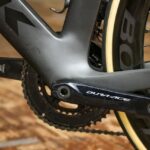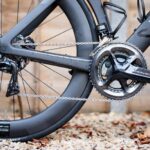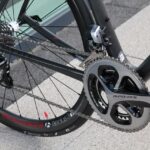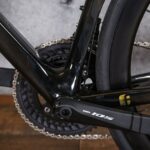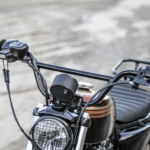Bikes and bike components are going through a constant evolution. They’re getting better year after year, with incremental design and tech improvements making bikes faster, lighter, and more fun to ride. While there are some parts all of us are familiar with, others are just outright baffling. Take the case for bottom brackets. These are the parts that connect the crankset to the frame, and allow you to pedal. They’re entirely different across the scope of multiple bike categories, with dozens of different types. This makes buying a replacement bracket all the harder.
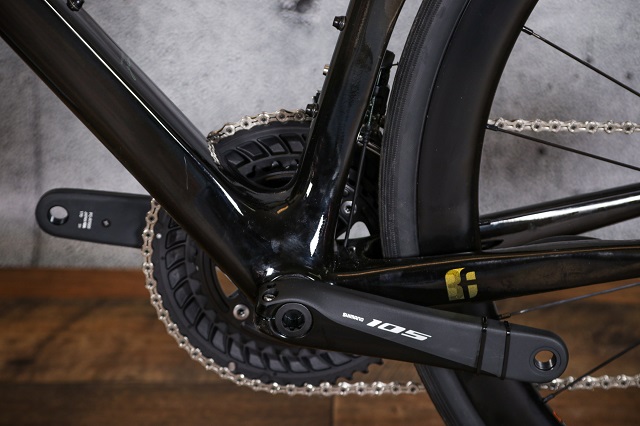
The Basics of Bottom Brackets
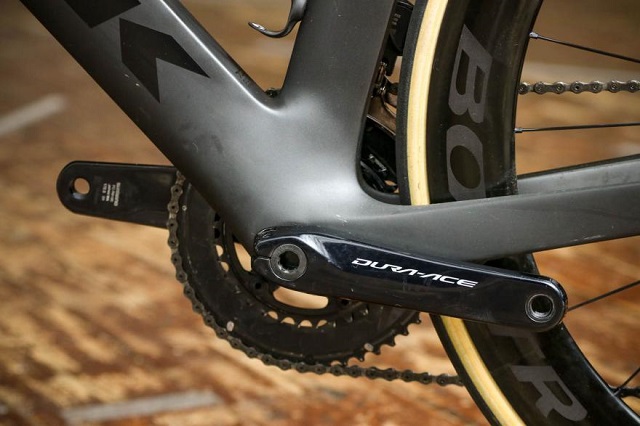
A bottom bracket (or bb for short) is a hollowed-out circle connecting the different tubes of the frame and attaching the crank to the rest of the bike. Inside you’ll find the housing, that is the bottom bracket shell, a set of bearings on either side and a spindle that spins with the bearings. A fairly simple design until you consider all the different types of bearing sizes and types to suit different bikes.
The main purpose of the bike bottom bracket is to connect the crankset to the bike. Without one, you won’t be going anywhere. If the one on your bike is showing signs of wear and making it harder to pedal, time to consider getting a replacement. The good news for experienced riders who like to get the most out of their bikes is that there are also upgrades that perform better, last longer and can be easier to maintain.
Signs of Worn or Damaged Bottom Brackets
Bearings are generally hard-wearing, but they don’t last forever. Over time, dirt, grime, water, and other contaminants will get through the bracket shell and eat away at both the spindle and the bearings themselves. These will also wear from the impact of the combined weight of the bike and rider in jumps and tricks. If you notice grinding or creaking noises each time you turn the pedals, or signs of play, then time to inspect the bottom bracket. Being easier on the bike in terms of how and where you ride, or greasing the bearings from time to time can mean they’ll last longer, but eventually, you’ll need a new bike bb replacement.
Choosing Right
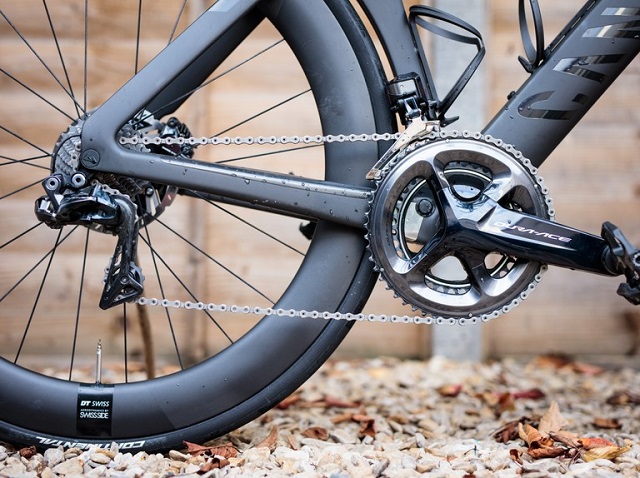
There are two basic types of bike bottom brackets, threaded and press-fit. Threaded types appear in entry-level and older bikes, while press-fit types are the standard used in most BMX bikes today. Both varieties can use adapters and converters, meaning you can turn your threaded bottom bracket into a press-fit one, or a press-fit type to a threaded bottom bracket when you’re choosing a specific type of crankset, usually in a more durable design and bigger diameter.
Threaded bottom brackets have a shell with internal threads. These hold the threaded parts. There are a defined number of threads and these can be threaded with the frame cup or an internal threaded insert. While there have been several types of threaded bbs throughout the years, the standard today is the Euro or British type, and this goes by several names (British Standard Cycles or BSC and Brimingingham Small Arms or BSA, among others).
There are also variations, such as threaded types with self-contained cartridges, cup and cone systems, those with external bearings (consisting of a cup and cartridge bearing threaded into the frame), and older one-piece types.
Press-fit shells aren’t threaded, but instead rely on the frame bore and slightly larger bearing cups that are press-fit into the frame. The majority of BMX bikes have a press-fit bottom bracket, though they may differ in the type and size of the bearings they can fit. The move to press-fit types is largely due to more strength in thicker spindles and when opting for different cranks than what came with the bike. In short, you get more options.
Styles and Sizes
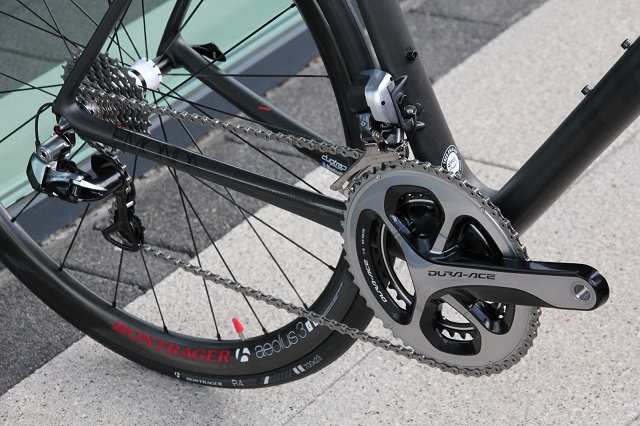
Threaded Euro BBs are usually the smallest in diameter and are seen mainly on road bikes and some mountain bikes. Press-fit styles though are more prevalent in newer BMX bikes. Here there are different styles, and these differ largely according to the bearing case size.
- MID – this is the most common type of press-fit bottom bracket found in BMX bikes today. It has decent durability and low weight.
- Spanish – similar in size and configuration to mid BBs, but slightly smaller and seen less often.
- USA – this was the first bottom bracket in BMX bikes, but no longer used today. It consists of an encased bearing cup, which is then press-fitted into the frame.
The sizes bottom brackets come in refer to the size of the crankset spindle. This is either 19, 22, or in some cases 24mm. Most MID bottom brackets are 19mm, but there are variants in 22 and 24mm.
Lastly, there are the bearings. These are either loose-ball and seen only on entry-level BMX bottom brackets due to the higher wear, whereas stronger sealed bearings offer more in everyday riding without costing much more. Once you get the technical details and fit sorted, buy a bottom bracket from a respected BMX brand in the colour of your choice. These are simple parts that won’t cost much, but can considerably improve how you ride.

